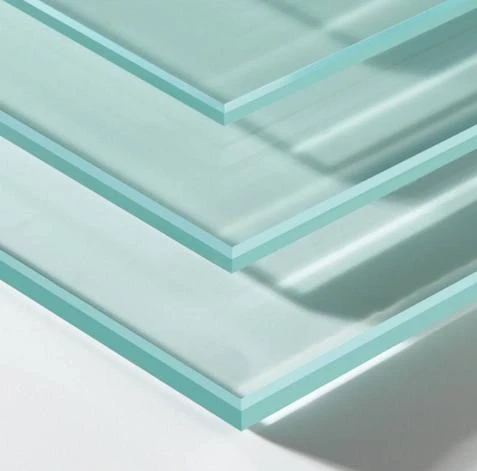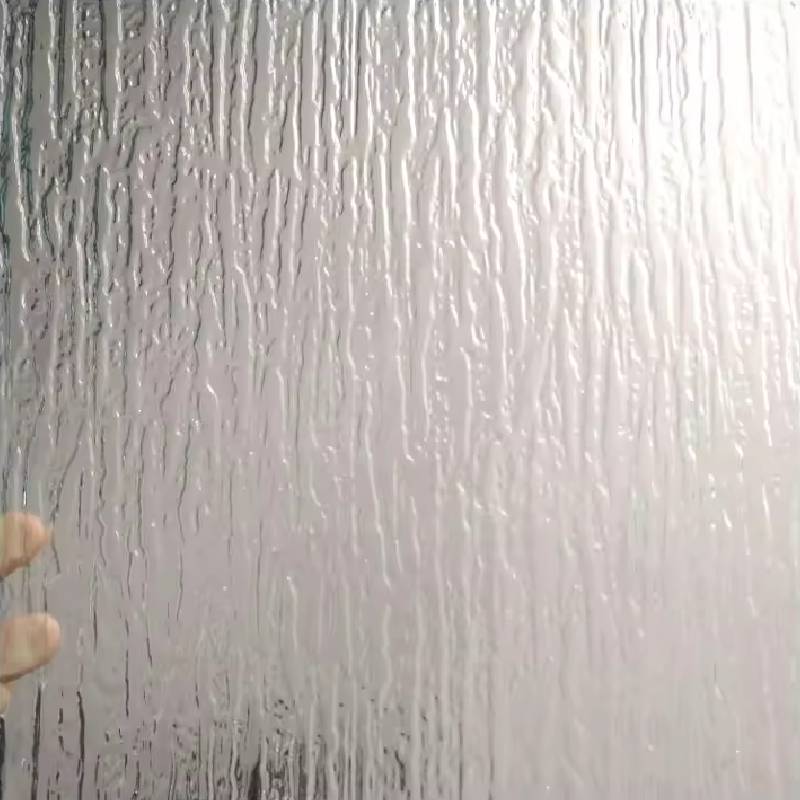The float glass manufacturing process stands as a cornerstone of modern architectural and automotive industries, offering unparalleled clarity and smoothness compared to other types of glass. Over the years, the advancements in this manufacturing technique have solidified its position as the most efficient method for producing high-quality flat glass.

Originating in the mid-20th century, the float glass process was invented by Alastair Pilkington, revolutionizing how glass is produced. The process begins with the melting of raw materials such as silica sand, soda ash, dolomite, and limestone in a furnace at temperatures exceeding 1700°C (3090°F). This molten glass is then carefully poured onto a bath of molten tin, where it 'floats' and spreads out to form a uniform glass ribbon.
This meticulous process is highly regarded for its precision and ability to produce glass with a flawless finish, eliminating the need for additional grinding and polishing. The uniform thickness and smooth surfaces are achieved due to the natural leveling and cooling process as the glass floats on the denser tin. This innovative use of materials exemplifies the expertise involved in float glass manufacturing, ensuring a product of exceptional quality and consistency.

In the controlled atmosphere of the float bath, temperature gradients and atmospheric pressure are carefully regulated. This environment prevents any chemical reaction between the glass and tin, which could otherwise compromise the glass’s clarity and structural integrity. As the glass emerges from the bath, it undergoes a carefully controlled cooling process known as annealing, within an annealing lehr. This step is critical to relieving internal stresses that could lead to imperfections or weaknesses in the final product.
The entire process, from melting to cutting, is constantly monitored and adjusted by skilled technicians employing advanced technologies. These professionals rely on in-depth knowledge and expertise to maintain stringent quality control measures, thereby ensuring that every sheet of float glass meets the highest industry standards.
float glass manufacturing process
Sustainability has also become a central focus in the float glass manufacturing industry. Manufacturers leverage cutting-edge technology to improve energy efficiency, significantly reducing the carbon footprint of the production process. By utilizing recycled glass (cullet) mixed with raw materials, producers decrease energy consumption and minimize waste, adhering to increasingly strict environmental regulations.
Float glass is versatile and employed in a variety of applications due to its optic perfection, sound insulation properties, and thermal insulation capabilities. It is further processed into tempered or laminated glass for safety, reflective glass for energy efficiency, or tinted glass for aesthetic purposes. These additional treatments are testament to the expertise ingrained in each step of the manufacturing process, demonstrating the adaptability and advanced applications of float glass in various sectors.
In the realm of construction and architecture, float glass is indispensable, providing architects and designers with material that is both aesthetically pleasing and functionally robust. Automotive industries extensively use float glass for windshields and windows, benefiting from its durability and clarity. The integration of cutting-edge coatings and films has expanded its use into energy-efficient glazing solutions that reduce heating and cooling demands in buildings, showcasing float glass as a critical component in sustainable building practices.
In conclusion, the float glass manufacturing process exemplifies the synthesis of innovation, expertise, and sustainability. It stands as a testament to the relentless pursuit of perfection and efficiency in industrial practices, delivering a product that not only meets but exceeds the increasing demands of modern industry and architecture. As technological advancements continue to refine this process, float glass remains pivotal, embodying the highest standards of quality and excellence in manufacturing.
 Afrikaans
Afrikaans  Albanian
Albanian  Amharic
Amharic  Arabic
Arabic  Armenian
Armenian  Azerbaijani
Azerbaijani  Basque
Basque  Belarusian
Belarusian  Bengali
Bengali  Bosnian
Bosnian  Bulgarian
Bulgarian  Catalan
Catalan  Cebuano
Cebuano  Corsican
Corsican  Croatian
Croatian  Czech
Czech  Danish
Danish  Dutch
Dutch  English
English  Esperanto
Esperanto  Estonian
Estonian  Finnish
Finnish  French
French  Frisian
Frisian  Galician
Galician  Georgian
Georgian  German
German  Greek
Greek  Gujarati
Gujarati  Haitian Creole
Haitian Creole  hausa
hausa  hawaiian
hawaiian  Hebrew
Hebrew  Hindi
Hindi  Miao
Miao  Hungarian
Hungarian  Icelandic
Icelandic  igbo
igbo  Indonesian
Indonesian  irish
irish  Italian
Italian  Japanese
Japanese  Javanese
Javanese  Kannada
Kannada  kazakh
kazakh  Khmer
Khmer  Rwandese
Rwandese  Korean
Korean  Kurdish
Kurdish  Kyrgyz
Kyrgyz  Lao
Lao  Latin
Latin  Latvian
Latvian  Lithuanian
Lithuanian  Luxembourgish
Luxembourgish  Macedonian
Macedonian  Malgashi
Malgashi  Malay
Malay  Malayalam
Malayalam  Maltese
Maltese  Maori
Maori  Marathi
Marathi  Mongolian
Mongolian  Myanmar
Myanmar  Nepali
Nepali  Norwegian
Norwegian  Norwegian
Norwegian  Occitan
Occitan  Pashto
Pashto  Persian
Persian  Polish
Polish  Portuguese
Portuguese  Punjabi
Punjabi  Romanian
Romanian  Russian
Russian  Samoan
Samoan  Scottish Gaelic
Scottish Gaelic  Serbian
Serbian  Sesotho
Sesotho  Shona
Shona  Sindhi
Sindhi  Sinhala
Sinhala  Slovak
Slovak  Slovenian
Slovenian  Somali
Somali  Spanish
Spanish  Sundanese
Sundanese  Swahili
Swahili  Swedish
Swedish  Tagalog
Tagalog  Tajik
Tajik  Tamil
Tamil  Tatar
Tatar  Telugu
Telugu  Thai
Thai  Turkish
Turkish  Turkmen
Turkmen  Ukrainian
Ukrainian  Urdu
Urdu  Uighur
Uighur  Uzbek
Uzbek  Vietnamese
Vietnamese  Welsh
Welsh  Bantu
Bantu  Yiddish
Yiddish  Yoruba
Yoruba  Zulu
Zulu 


